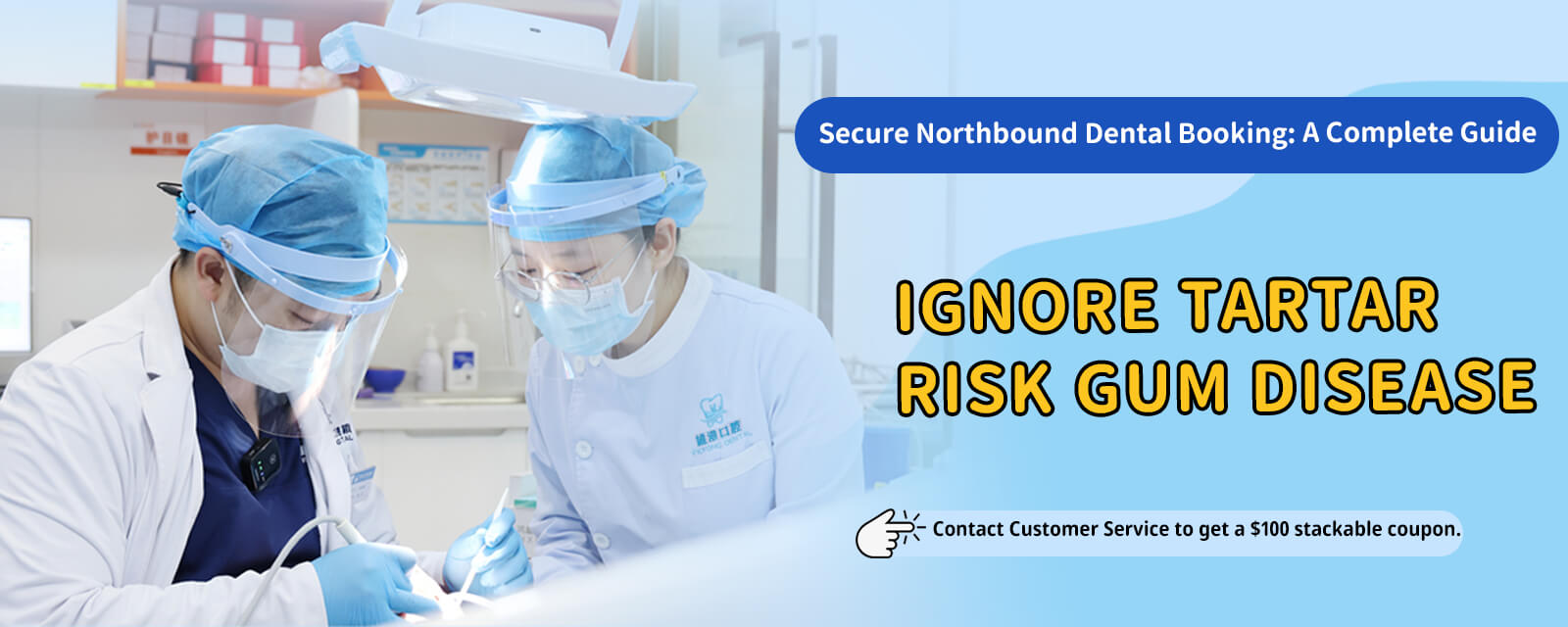How long does a dental cleaning take in Mainland China
How long does a dental cleaning take in Mainland China
How long does a dental cleaning in Shenzhen take when traveling from Hong Kong?
In recent years, many Hong Kong residents head to Shenzhen for dental care, with teeth cleaning (scale and polish) being the most common. From leaving home to finishing the cleaning, what’s the total time? In short:
- If your oral health is normal, you’ve booked ahead, and you choose a clinic near the checkpoint, the in-clinic cleaning usually takes 30–60 minutes.
- On a first visit, because you’ll need an initial exam and may require X-rays, expect 45–90 minutes in the clinic.
- Including travel and border crossing, plan a total of about 1.5–3 hours round trip, depending on crowd levels and distance.
Typical in-clinic workflow and timing
- Check-in and brief medical history: about 5–10 minutes
- Gum and tartar assessment; X-rays if needed: about 10–15 minutes
- Ultrasonic scaling (tartar removal): about 20–40 minutes, depending on buildup
- Polishing and cleaning: about 5–10 minutes
- Optional fluoride application or oral hygiene instruction: add 5–10 minutes
This is the standard time distribution for a routine dental cleaning.
When a deep cleaning is needed
If you have signs of periodontal issues—frequent gum bleeding, bad breath, gum recession—your dentist may recommend deep cleaning (scaling and root planing). This is typically done by quadrants and split into 2–4 sessions, each about 60–90 minutes, and local anesthesia may be used. After each session, you’ll usually stay briefly for observation and post-care instructions. In this scenario, the overall treatment time is longer and cannot be completed in a single visit.
Waiting times
- With an appointment and punctual arrival: roughly 10–20 minutes waiting
- During peak periods (weekends, holidays, after work): waiting can be 30–60 minutes or more
To reduce wait time, aim for weekday mornings or off-peak hours, and consider dental centers close to the border with convenient transport.
Travel and border-crossing time
- From urban H

ong Kong to major Shenzhen checkpoints by MTR or rail: about 30–60 minutes
- Border crossing varies by traffic: on weekdays, as fast as 10–20 minutes; longer during peak seasons
- Add transfer time from the checkpoint to the clinic and the return journey
Conservatively, budget 1.5–3 hours for the round trip. If your clinic is near the checkpoint, the entire journey time can be significantly reduced.
Post-cleaning recovery and care
It’s common to experience short-term sensitivity or mild gum bleeding, which usually improves within 1–2 days. For the first 24–48 hours:
- Avoid very hot or very cold foods and hard or chewy textures
- Avoid highly pigmented foods and drinks (e.g., coffee, strong tea) and refrain from smoking and alcohol
- Follow your dentist’s advice: use a soft-bristled toothbrush, proper brushing technique, and dental floss
If you underwent deep cleaning, a follow-up is typically scheduled 2–4 weeks later, lasting about 15–30 minutes.
Time-saving tips for a smoother visit
- Book in advance and confirm the procedures
- Arrive 10–15 minutes early to complete forms
- Bring identification and past dental records
- Ask whether X-rays are required and if treatment will be split into multiple sessions
- Leave buffer time for your return; avoid stacking tight appointments
- If it’s your first time in Shenzhen for dental care, contact the clinic beforehand to understand the process and language support
Recommended frequency and summary
Most people are advised to have a dental cleaning every 6–12 months, depending on oral hygiene habits and periodontal status. In summary: routine in-clinic cleaning takes about 30–60 minutes; a first visit with X-rays is 45–90 minutes; deep cleaning sessions are 60–90 minutes each and may require multiple appointments; and door-to-door, allow 1.5–3 hours including travel and border crossing. Plan ahead, avoid peak times, and choose a clinic near the checkpoint to keep your “Shenzhen teeth cleaning” as time-efficient as possible.




